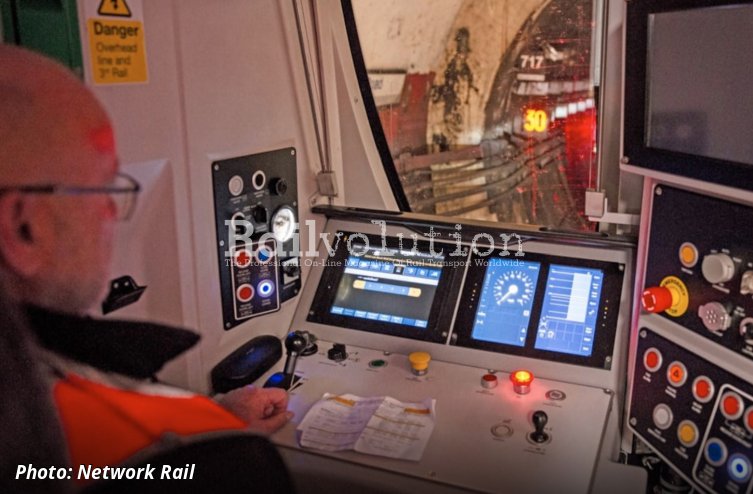Commuter trains now all controlled by ETCS on City of London route
posted on 15th Nov 2024 10:52
ETCS technology is now controlling every single train that commuters catch on the Great Northern route to Moorgate in the City of London. The ETCS allows continuous communication between train and track to create a more punctual and reliable service for passengers. It does this by removing the need for signals at the side of the track (these will be completely switched off during 2025). Instead, drivers are continually fed a safe target speed to aim for on a computer screen in their cab.
ETCS was introduced to the route between Moorgate and Finsbury Park in London (known as the ‘Northern City Line’) as the first stage of the 1.4 billion GBP government-funded East Coast Digital Programme. The first passenger train ran to the City of London using ETCS a year ago. Since then, Govia Thameslink Railway (GTR) has been steadily training its Great Northern drivers to use the system.
Introducing digital signalling on the busy commuter route to Moorgate is an important first step towards replacing regular signals with in-cab digital signalling on the southern part of the East Coast Mainline, between King’s Cross and Grantham. This in turn provides a foundation for the future expansion of digital signalling across the GB rail network.
Oliver Turner, head of digital signalling (Head of ERTMS) at GTR, said: “It’s hard to overstate the challenge of moving to ETCS and, now, reaching point where every train on our route into Moorgate is controlled this way. It is a huge achievement both for Great Northern and our parent company GTR and also for the railway as a whole because this has been a massive collaborative effort from so many different industry partners. We are pleased with how the new system is working and we are working with Network Rail and Siemens Mobility colleagues to continually review and improve how we are operating it.”


